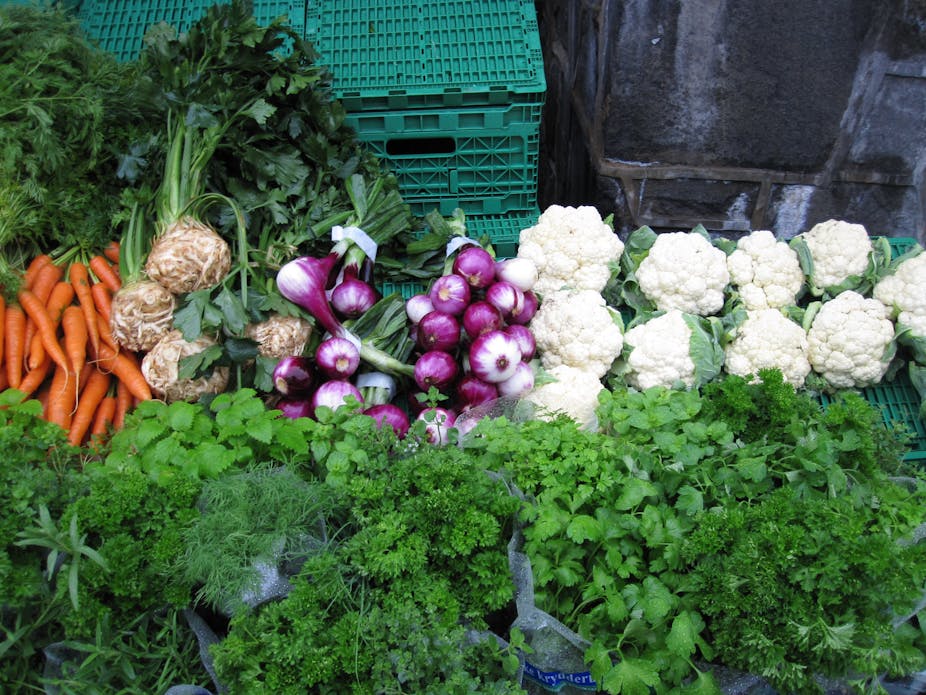Recent calls by Australian government ministers and senior officials to broaden the goods and services tax (GST) base to include fresh fruit and vegetables would make the population’s diet go from bad to worse.
The latest Australian Health Survey results show less than 7% of the Australian population meet the recommended intake of vegetables (five serves per day for adults), and just over half (54%) meet the recommended serves of fruit (two serves per day for adults).
In contrast, a staggering 35% of the nation’s total energy consumed is from “discretionary foods” – foods considered to be of little nutritional value that tend to be high in saturated fat, sugar and salt, or alcohol.
Indeed, the poor diet of the population is now the biggest contributor to disease and illness in Australia - even more than smoking. And the main driver of the problem is the ever-increasing supply of cheap, tasty, high-calorie foods that are heavily marketed and widely available.
As other countries consider ways to combat the problem, the Australian government seems to be discussing options that will make it worse.
Effects of adding GST to fresh food
Price is one of the most important factors that consumers take into account when deciding what to buy. Taste is the other main consideration.
Fresh fruit and vegetables are currently exempt from GST, which means there’s an incentive to buy them rather than less healthy processed food.
Recent estimates show that if the 10% GST were applied to fresh fruit and vegetables, their overall consumption would decrease by about 5%.
When the long-term effects of this change are modelled, this would result in an additional 90,000 cases of heart disease, stroke and cancer each year, increasing health-care costs by around $1 billion.

The effects are likely to be felt strongest by people with low incomes. This group tends to spend a large proportion of its income on food and already has poorer health outcomes.
Global actions in this area
A move to increase taxes on fresh fruit and vegetables would fly in the face of global recommendations to improve poor health. The World Health Organisation (WHO) recommends governments consider different economic tools (such as taxes and subsidies) to improve the affordability of healthier foods and discourage the consumption of less healthy options.
Several countries have recently adopted new taxes on unhealthy foods in line with these recommendations. From this year, Mexico has introduced a 10% tax on sugary drinks and a 5% tax on unhealthy snack foods. And Hungary has introduced a tax on unhealthy foods.
Estimates show that if Australia were to increase taxes on unhealthy food by 10%, this would greatly benefit health and result in substantial cost savings to the government.
Evidence indicates the revenue generated from a tax on unhealthy foods should be used to subsidise fruit and vegetables in order to get even better health outcomes.
Public health set to decline
Australia has long been recognised as a public health leader for its preventive health actions and, in particular, its efforts to reduce tobacco use.
But this reputation is set to decline with the massive cuts to preventive health in the latest budget.
If the country were to increase taxes on fruit and vegetables, it would undermine the reductions in chronic disease that have resulted from national success in tackling smoking.
It would also place the country at the bottom end of the list of countries taking globally recommended actions to improve population nutrition.
The question of how best to approach Australia’s rising health care, education and social welfare costs is clearly an important one. But we need to consider the ramifications of potential solutions on short- and long-term economic, social, environmental and health outcomes.

